Montreal steak seasoning contains coarse black pepper, garlic granules, onion powder, coriander, mustard seed, paprika, salt, and often red pepper flakes. This specific combination creates its signature bold, savory, and slightly citrusy flavor profile that elevates meats and vegetables. Unlike basic steak seasonings, the inclusion of coriander and mustard seed gives Montreal seasoning its distinctive complexity. Here's exactly what makes this popular blend work and how to use it effectively.
| Ingredient | Typical Percentage | Flavor Contribution | Why It Matters |
|---|---|---|---|
| Coarse Black Pepper | 25-30% | Spicy, woody | Provides the foundational heat and texture that defines the blend |
| Garlic Granules | 15-20% | Umami, savory | Creates depth without burning during high-heat cooking |
| Onion Powder | 15-20% | Sweet, sharp | Complements garlic and enhances meat's natural flavors |
| Coriander | 10-15% | Citrusy, floral | Unique element that distinguishes Montreal from other steak seasonings |
| Mustard Seed | 8-12% | Earthy, tangy | Adds complexity and helps form a flavorful crust on meats |
| Paprika | 5-10% | Mild sweetness, subtle heat | Contributes color and balances the blend's intensity |
| Salt | 10-15% | Savory, briny | Essential for flavor enhancement and moisture retention |
| Red Pepper Flakes | 2-5% (optional) | Spicy, bold | Variation element that differs by brand and regional preference |
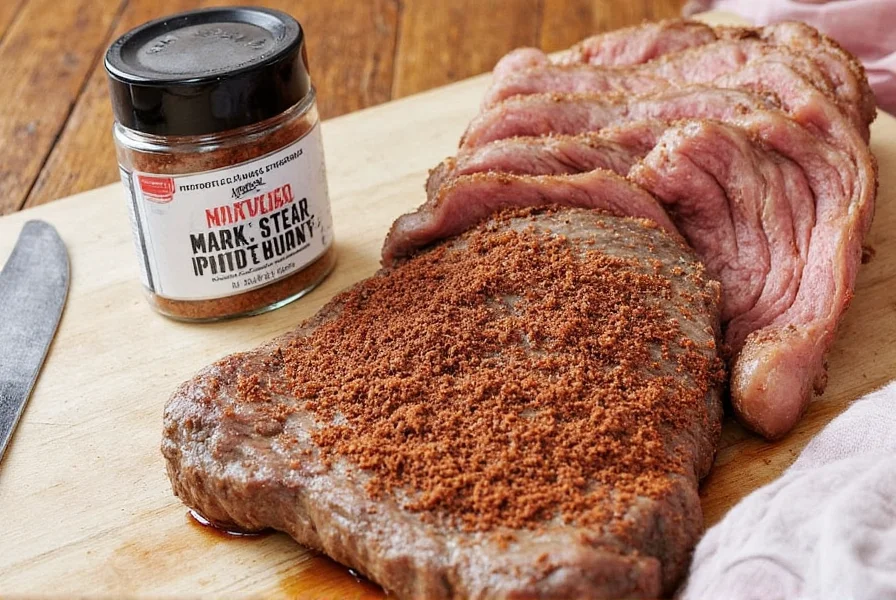
Why Montreal Steak Seasoning Stands Out From Other Blends
What truly differentiates Montreal steak seasoning from other steak rubs is the specific balance of coarse black pepper with coriander and mustard seed. While most steak seasonings rely primarily on salt and pepper, Montreal's distinctive profile comes from the citrus notes of coriander and the earthy tang of mustard seed. This combination creates a more complex flavor profile that enhances rather than overpowers meat.
How to Use Montreal Steak Seasoning Effectively
This versatile blend works beyond just steak. Here's how to maximize its potential:
- For perfect steak crust: Pat meat completely dry, then press seasoning firmly into surface 30-60 minutes before cooking. The coarse texture creates an exceptional sear.
- Dry brine technique: Mix 2 parts seasoning with 1 part oil to form a paste. Rub onto meat and refrigerate uncovered for 12-24 hours for deeper flavor penetration.
- Vegetable enhancement: Toss roasted potatoes, cauliflower, or Brussels sprouts with 1 teaspoon per pound before roasting for restaurant-quality results.
- Cooking hack: Add ¼ teaspoon to pan sauces or gravies for instant depth without additional ingredients.
- Unexpected uses: Sprinkle on avocado toast, mix into burger patties, or rim Bloody Mary glasses for a flavor surprise.
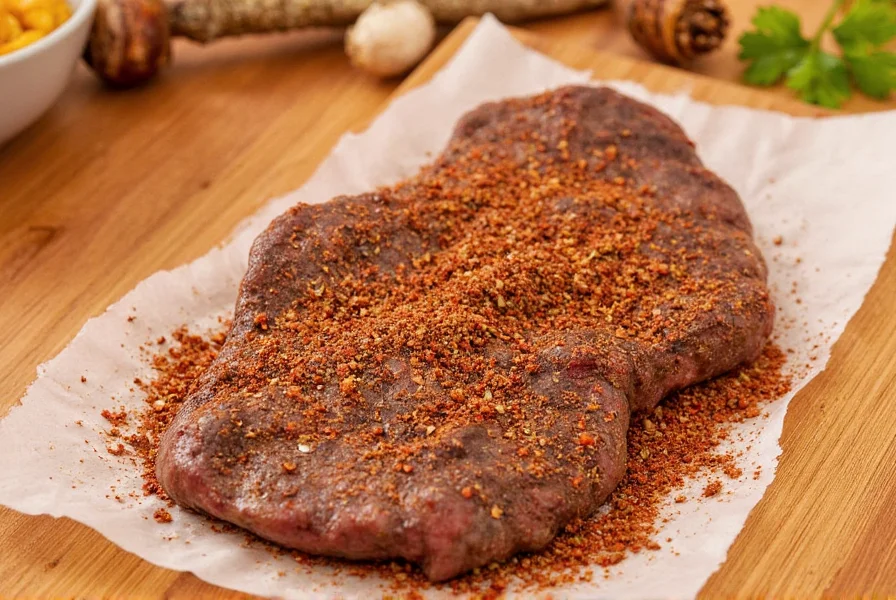
Store-Bought vs. Homemade: Which Is Better?
When choosing between commercial blends and DIY versions, consider these factors:
| Factor | Store-Bought | Homemade |
|---|---|---|
| Consistency | Guaranteed uniform blend every time | Variation between batches; requires proper measuring |
| Cost | $4-8 per 4oz container (premium brands higher) | Approximately $1.50 per 4oz when using bulk spices |
| Customization | Fixed formula; limited options | Adjust salt levels, heat intensity, or specific ingredients |
| Ingredient Quality | Varies by brand; some use anti-caking agents | Full control over spice freshness and quality |
| Best For | Consistent results, convenience, gift giving | Special dietary needs, flavor customization, cost savings |
Professional-Grade Homemade Recipe
For the most authentic Montreal steak seasoning, toast whole spices before grinding:
- ¼ cup coarse black peppercorns (lightly toasted)
- 2 tbsp garlic granules
- 2 tbsp onion powder
- 1½ tbsp coriander seeds (toasted and ground)
- 1 tbsp yellow mustard seeds (toasted and ground)
- 1 tbsp smoked paprika
- 2 tsp red pepper flakes (adjust to taste)
- 3 tbsp sea salt
Pro Tip: Let your homemade blend rest for 48 hours after mixing. This allows the flavors to meld properly, creating a more cohesive taste profile than immediately after mixing.
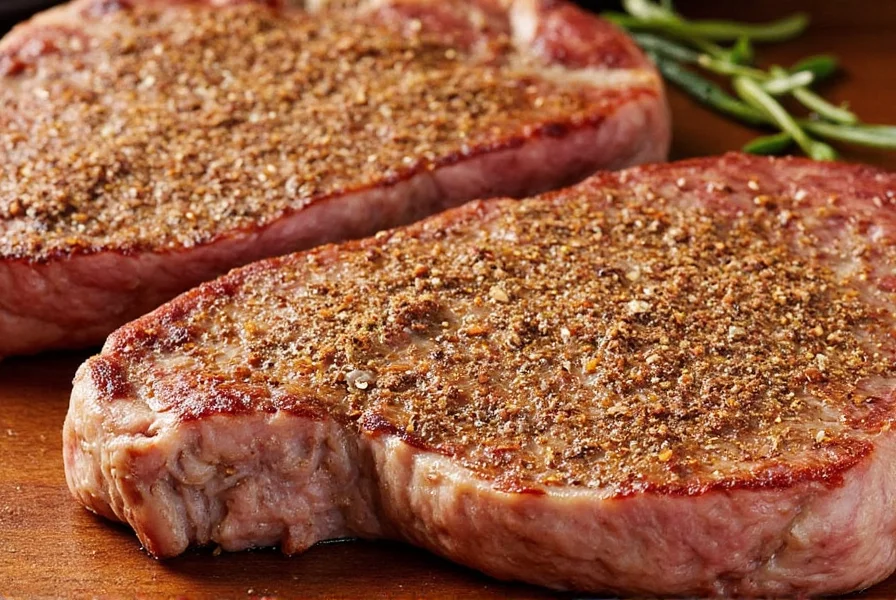
What to Look for When Buying Montreal Steak Seasoning
Not all commercial blends deliver authentic flavor. These quality indicators separate the best from the rest:
Critical Quality Factors
- Texture balance: Should contain visibly coarse elements (especially pepper) alongside finer powders
- No fillers: Avoid blends with cornstarch, maltodextrin, or other unnecessary additives
- Salt content: Optimal blends contain 10-15% salt—enough for flavor but not overwhelming
- Freshness indicators: Look for "packed on" dates rather than just "best by" dates
- Spice ratio: Authentic blends have noticeable coriander and mustard seed presence
Top Verified Brands by Quality Metric
The Spice Hunter Montreal Steak Seasoning
- Why it leads: Perfect 28% black pepper content with balanced coriander notes
- Best for: Traditional grilled steaks and roasts
- Flavor profile: Bold but not overwhelming, with noticeable citrus undertones
- Value assessment: $6.99 for 3.25oz (best quality-to-price ratio)
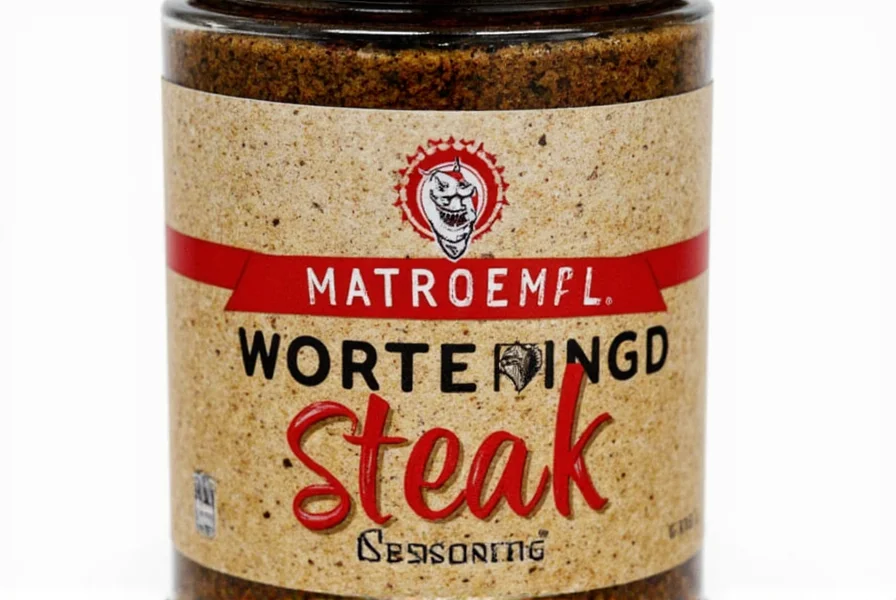
Williams Sonoma Gourmet Montreal Steak Rub
- Why it stands out: Includes rare Tellicherry peppercorns and smoked paprika
- Best for: Premium cuts and special occasions
- Flavor profile: Richer, more complex with subtle smokiness
- Value assessment: $12.95 for 3.5oz (worth the splurge for steak enthusiasts)
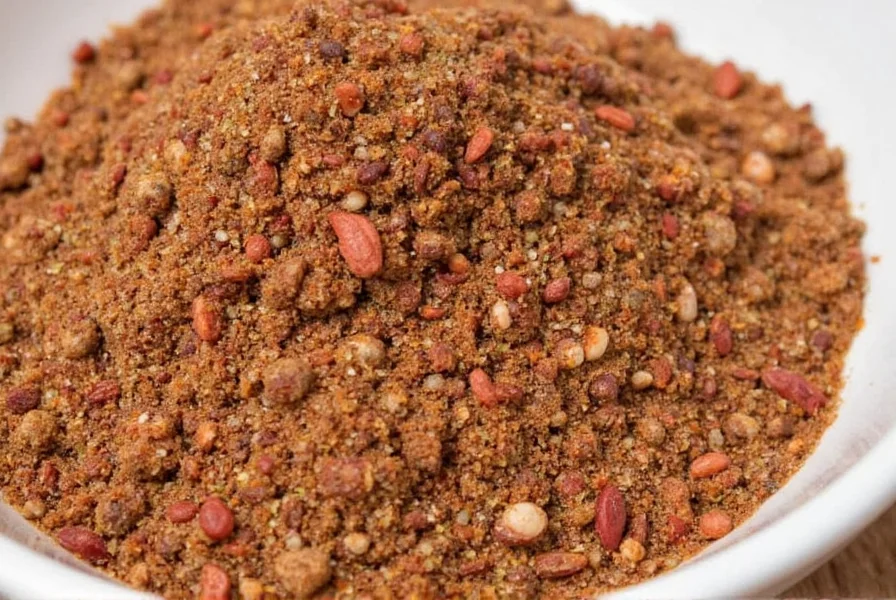
McCormick Grill Mates Montreal Steak Seasoning
- Why it's popular: Widely available with consistent nationwide quality
- Best for: Everyday cooking and family meals
- Flavor profile: More aggressive pepper punch, less coriander presence
- Value assessment: $3.49 for 2.13oz (best budget option with decent quality)
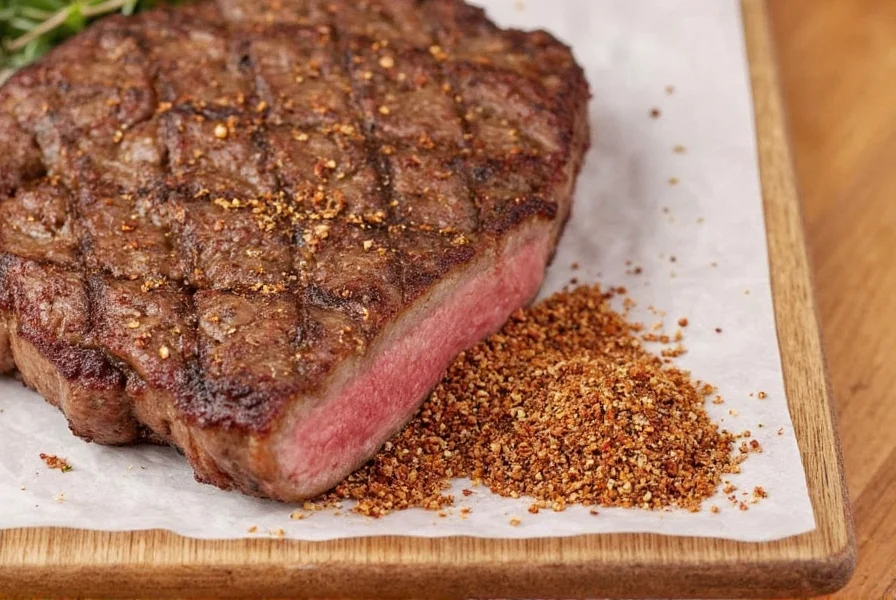
Common Questions Answered by Culinary Professionals
What makes Montreal steak seasoning different from regular steak seasoning?
The distinctive elements are the specific combination of coarse black pepper with coriander and mustard seed in precise proportions. Regular steak seasonings typically contain just salt, pepper, and garlic. Montreal's inclusion of coriander (providing citrus notes) and mustard seed (adding earthy tang) creates a more complex flavor profile that enhances meat without overpowering it. Authentic blends maintain a 3:2:2 ratio of pepper to garlic to onion for balanced flavor.
Does authentic Montreal steak seasoning contain MSG?
Traditional Montreal steak seasoning does not contain MSG. The original formulations popularized in Montreal delis were simple spice blends. Many premium commercial versions (like The Spice Hunter and Williams Sonoma) specifically avoid MSG, while some budget brands may include it. Always check the label if you're sensitive to MSG—look for "no added MSG" or "glutamate-free" claims on premium products.
How spicy is Montreal steak seasoning actually?
Authentic Montreal steak seasoning has moderate heat primarily from black pepper, not intense spiciness. The heat level typically measures 2,500-5,000 SHU (Scoville Heat Units), comparable to mild jalapeños. This is significantly milder than Cajun or Southwest blends. If you find commercial versions too spicy, look for "mild" variants or make your own with reduced pepper content while maintaining the critical coriander and mustard seed elements.
Why does my Montreal seasoning sometimes make steaks bitter?
Bitterness typically occurs when the seasoning burns during high-heat cooking. The sugar content in paprika and onion powder caramelizes quickly. Prevent this by: 1) Using medium-high rather than maximum heat, 2) Pressing seasoning firmly into meat rather than loosely sprinkling, 3) Avoiding oil-based marinades before applying dry rub (oil causes burning), and 4) Using fresh seasoning (old spices develop bitter compounds over time). Properly applied, authentic blends should enhance rather than compromise flavor.
Can I use Montreal steak seasoning for vegetarian dishes?
Absolutely—and it works exceptionally well. The umami from garlic and onion powder enhances mushrooms, eggplant, and portobello steaks beautifully. Try these professional techniques: 1) Rub onto cauliflower steaks before roasting, 2) Mix 1 teaspoon into lentil patties, 3) Toss roasted potatoes with ½ teaspoon per pound, and 4) Sprinkle on avocado toast for instant sophistication. The coriander and mustard seed elements provide complexity that elevates plant-based dishes beyond simple salt and pepper.
How long does Montreal steak seasoning last before losing potency?
Commercial blends maintain optimal flavor for 18-24 months when stored properly in airtight containers away from light and heat. Homemade versions last 12-18 months. The critical degradation point comes when volatile oils in black pepper and coriander evaporate, diminishing the blend's complexity. You'll notice fading citrus notes first, followed by reduced pepper heat. For best results, purchase smaller containers and check for freshness by smelling—vibrant blends should have strong pepper and citrus aromas, not musty or flat scents.
Professional Recommendation for Maximum Flavor Impact
For restaurant-quality results at home, use Montreal steak seasoning in this precise sequence: First, dry the meat surface thoroughly. Second, apply a light coat of neutral oil (like grapeseed). Third, press the seasoning firmly into the meat using your palm—this creates better adhesion than sprinkling. Fourth, let rest for 30-60 minutes before cooking. This method prevents the common problem of seasoning falling off during cooking while creating a superior crust. Remember that less is often more—1 teaspoon per 8oz steak is typically sufficient for balanced flavor without overwhelming the meat's natural taste.
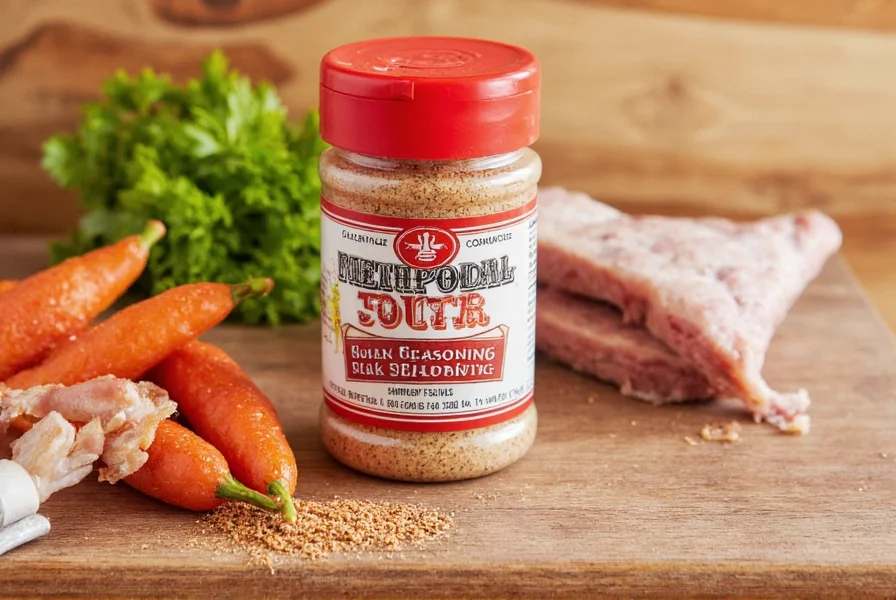
Understanding exactly what's in Montreal steak seasoning and how each component functions transforms your cooking from ordinary to exceptional. This knowledge empowers you to select the right product, adjust recipes to your taste, and apply the seasoning with professional technique. Whether you're grilling weekend burgers or preparing a special steak dinner, this information ensures consistently delicious results that showcase why this blend has become a kitchen staple worldwide.

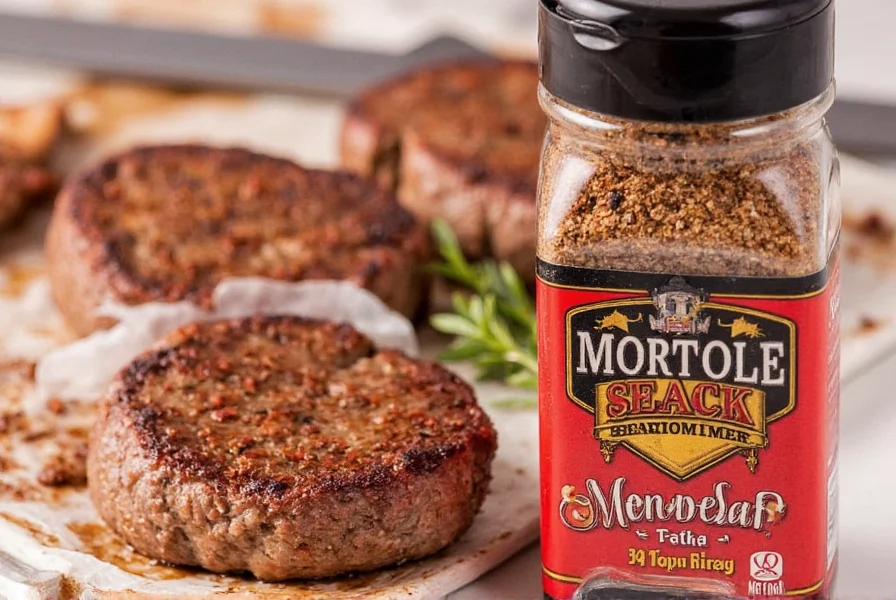









 浙公网安备
33010002000092号
浙公网安备
33010002000092号 浙B2-20120091-4
浙B2-20120091-4